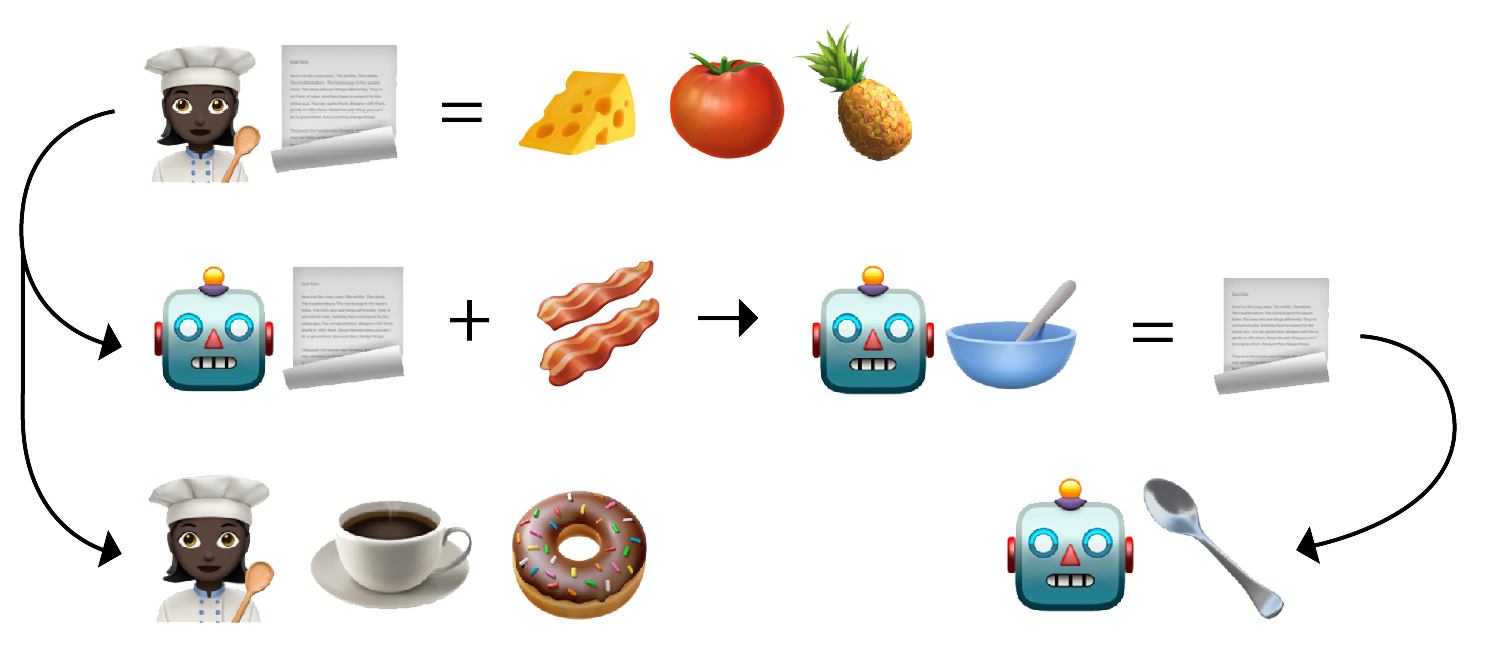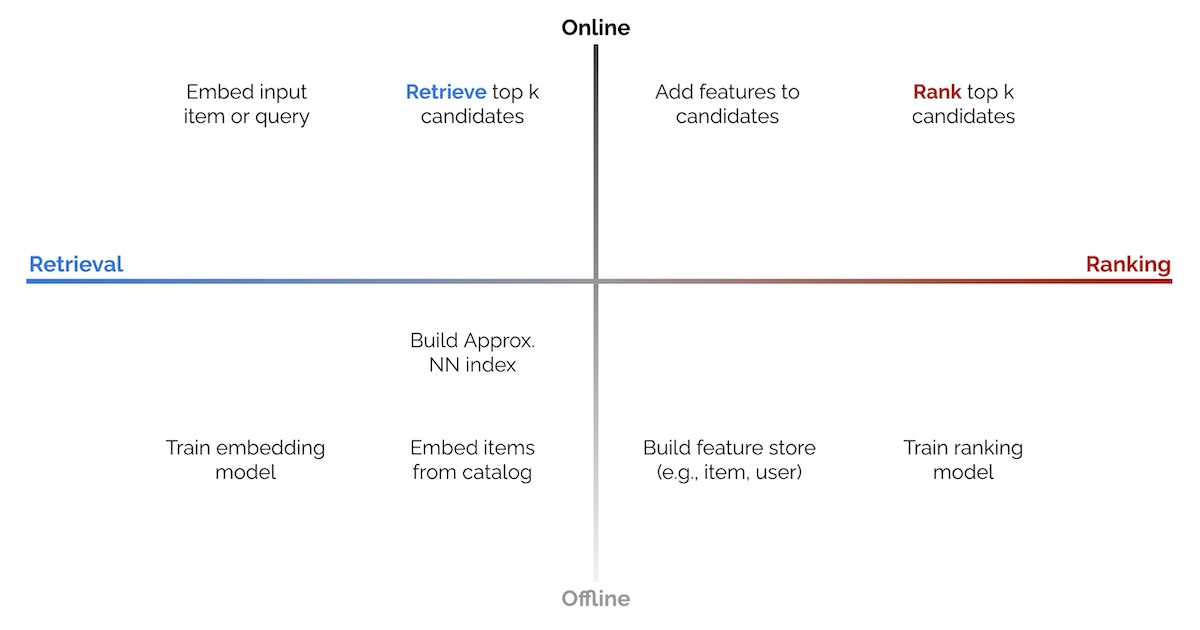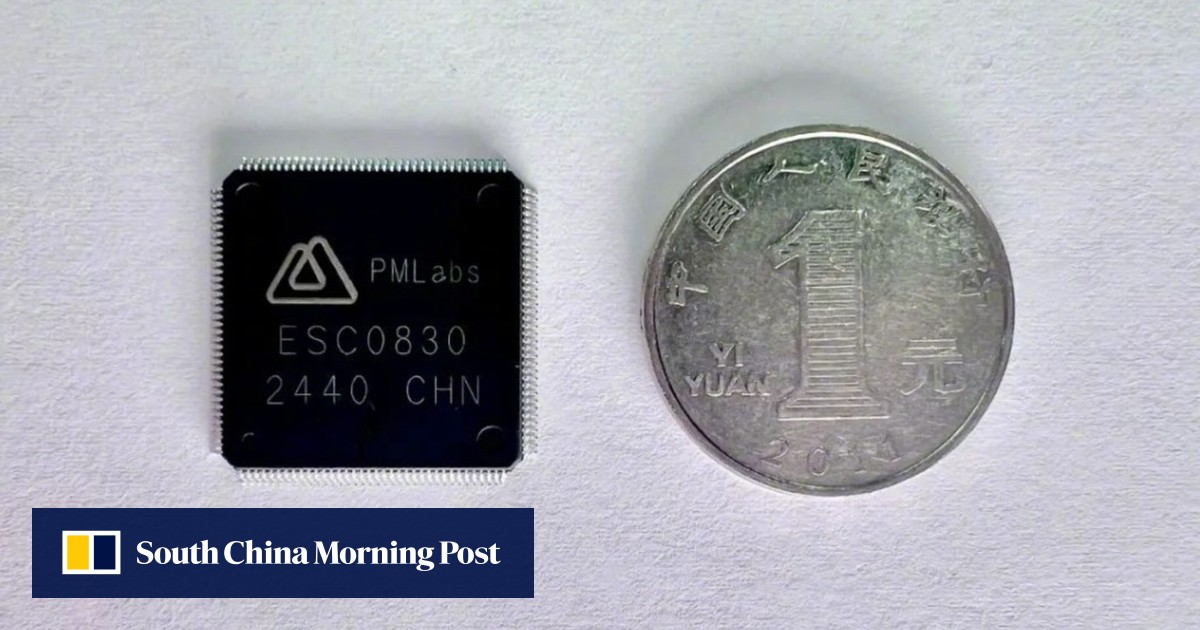
Delta vs. Cumulative Metrics: Key Differences and System Preferences
When it comes to collecting and analyzing metrics, one crucial decision is whether to use delta or cumulative metrics. These two approaches define how measurements are reported over time, and different metrics systems have their preferences based on their design and use cases. In this blog post, we’ll explore the difference between delta and cumulative metrics, examine their trade-offs, and highlight the systems that prefer one over the other.
Temporality refers to the way metrics are recorded and reported over time. Choosing the right temporality depends on your monitoring backend and analytical needs.
Cumulative Temporality: Reports the running total of a metric from the beginning of a measurement period. Suitable for tracking trends and totals. Example: Total bytes transferred over time (source).
Delta Temporality: Reports the difference in value for a metric since the last measurement. Ideal for real-time insights into changes over intervals. Example: Number of requests processed per interval (source).
























:focal(0x0:3000x2000)/static.texastribune.org/media/files/ab295039087efb8f48e708c4cde2a51d/Afton%20Crypto%20Farm%20TrT%20TT%2005.jpg)